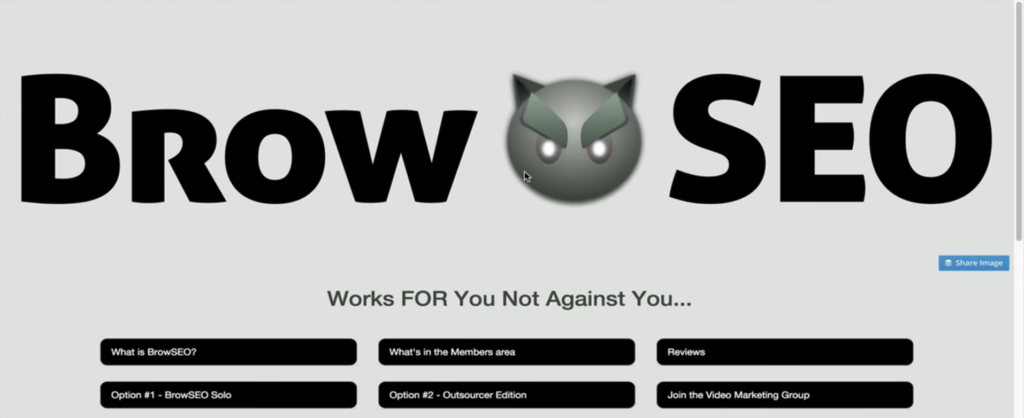
Credits to Brow·seo – /’browzio/
BrowSEO is a software tool that was created to assist with various aspects of search engine optimization (SEO). It provides a range of features and functionalities aimed at helping users optimize their websites and improve their search engine rankings.
One of the key features of BrowSEO is its ability to emulate different web browsers. It allows users to view and interact with websites as if they were using various browsers, such as Chrome, Firefox, or Safari. This feature is particularly useful for testing website compatibility and ensuring that the website displays correctly across different browsers.
Another notable feature of BrowSEO is its ability to automate certain SEO tasks. It provides tools for tasks like keyword research, competitor analysis, and backlink analysis. Users can gather data on keywords, examine their competitors’ strategies, and analyze backlinks to improve their own SEO efforts.
SEO tasks refer to the activities and strategies undertaken to optimize a website for search engines, with the goal of improving its visibility and organic search rankings. Here are some common SEO tasks:
- Keyword Research: Identifying relevant keywords and phrases that people are searching for in search engines. This involves researching search volumes, competition, and user intent to target the right keywords for optimization.
- On-Page Optimization: Optimizing various on-page elements of a website to make it more search engine-friendly. This includes optimizing meta tags (title tags, meta descriptions), headers, URL structure, and internal linking.
- Content Creation and Optimization: Creating high-quality, informative, and engaging content that is optimized for target keywords. This involves incorporating keywords naturally, using proper formatting, and providing value to users.
- Technical SEO: Ensuring that the website’s technical aspects are optimized for search engines. This includes optimizing site speed, mobile responsiveness, crawlability, and indexing.
- Link Building: Acquiring high-quality backlinks from reputable and relevant websites to improve the website’s authority and rankings. This can involve outreach, guest blogging, content promotion, and building relationships with influencers.
- Local SEO: Optimizing a website for local searches, especially for businesses with physical locations. This involves optimizing Google My Business profile, local citations, online reviews, and geographically relevant keywords.
- User Experience Optimization: Improving the overall user experience of a website, as it indirectly affects search engine rankings. This includes optimizing page load speed, enhancing site navigation, improving mobile experience, and reducing bounce rates.
- Monitoring and Analytics: Tracking and analyzing website performance using tools like Google Analytics. This helps in understanding user behavior, identifying areas for improvement, and measuring the effectiveness of SEO efforts.
- SEO Audits: Conducting regular audits to assess the website’s SEO health and identify areas for improvement. This includes checking for broken links, duplicate content, technical issues, and ensuring compliance with best practices.
- Social Media Integration: Leveraging social media platforms to promote content, engage with the audience, and drive traffic to the website. This can contribute to increased visibility and potential for backlinks.
It’s important to note that SEO is an ongoing process, and regular monitoring, analysis, and adjustment of strategies are essential to maintain and improve search engine rankings over time.
BrowSEO also offers features for social media management and content generation. Users can schedule and post content on multiple social media platforms, monitor social media engagement, and even generate content ideas based on popular trends and keywords.
It’s important to note that BrowSEO has gained some notoriety for its association with black hat SEO techniques, which are strategies that violate search engine guidelines to achieve faster or higher rankings. While BrowSEO itself is a legitimate tool that can be used for white hat SEO practices, its flexibility and automation features have attracted the attention of some users who employ it for manipulative or spammy purposes.
Ultimately, whether BrowSEO is a valuable tool or not depends on how it is used. If used responsibly and in line with ethical SEO practices, it can be a helpful tool for optimizing websites and improving search engine visibility. However, it’s always important to stay informed about search engine guidelines and best practices to avoid any negative consequences for your website’s rankings.